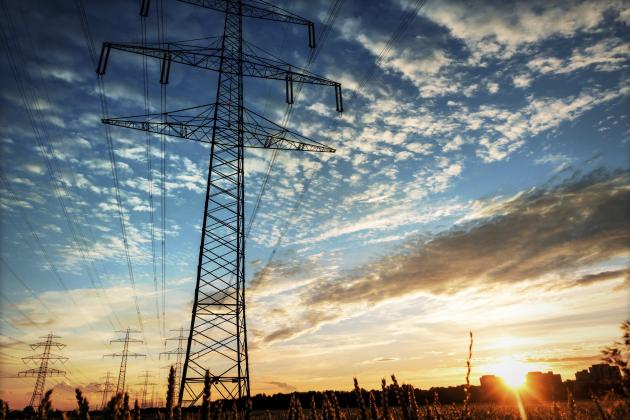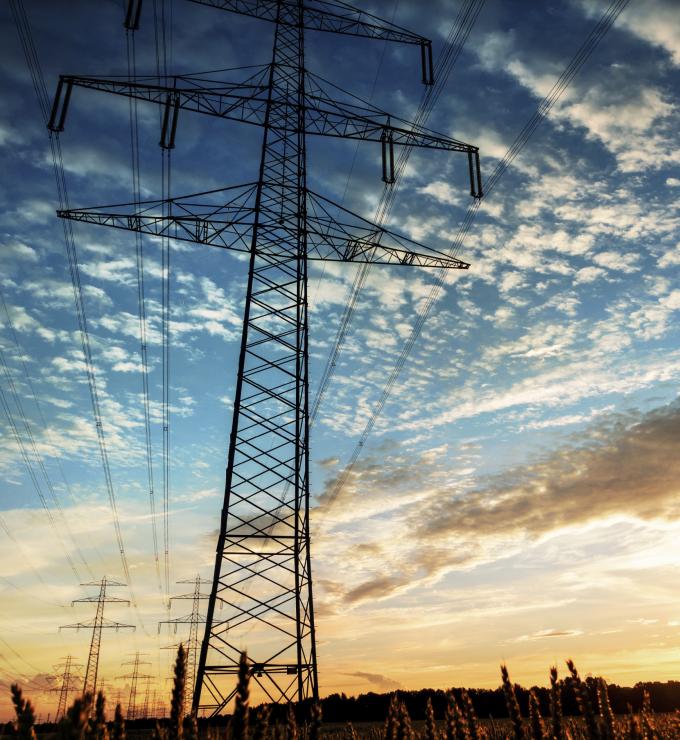- Energy & Environment
An anxious town meeting in Douglaston, New York, may have a great deal to tell us about the future of climate regulation in the United States. The topic of that June 20 meeting was Local Law 97, passed in 2019 by the city council in order to help implement New York City’s version of the Green New Deal. “Under this groundbreaking law, most buildings over 25,000 square feet will be required to meet new energy efficiency and greenhouse-gas emissions limits by 2024, with stricter limits coming into effect in 2030. The goal is to reduce the emissions produced by the city’s largest buildings 40 percent by 2030 and 80 percent by 2050.” The rule is softened for rent-regulated apartments, and it does not apply to single-family homes, which means that its impact will hit residential and manufacturing businesses in differing ways.
The most glaring catch in this law is that it applies to all major structures, even those constructed years ago, long before the current war against climate change became the defining issue of the day. An elementary bit of cost/benefit analysis should immediately demonstrate that it is far cheaper to impose restrictions of this sort on new construction than it is on older buildings, where it is hugely expensive to make any upgrades, even those that fall short of full compliance with the statute.
It was just that prospect that was brought home at the Douglaston meeting, where Robert Friedrich noted that his co-op development, with close to 3,000 units, would be hit by fines that start at $294,000 in 2024 (or $500 per unit) before rising to about $1.5 million (or $2,500 per unit) in 2030, with more to come later. But as Friedrich notes, there is no easy workaround because replacing his aging boilers would come to about $24.5 million, or $9,100 per unit. As for going completely electric, rewiring that one building to be all-electric would run between $35 million and $50 million—assuming the new facility could operate at current prices without fossil fuels. How these costs are divided between landlord and tenants remains unclear.
The public’s response at the meeting stressed that many of these units were close to forms of affordable housing, which would be rendered unaffordable by these new regulations. Members of the public at the gathering thus wanted to either suspend the start date for the program or exempt co-op and condo units, which would mean that the cost of meeting the emissions target would fall even more heavily on other businesses and residences. How else, everyone wanted to know, was it possible to respond to this “direct attack on the middle class”? The dialogue is, of course, a perfect illustration of progressive forces—the word was not mentioned in this account—instituting programs that would ruin the lives of the loyal constituents whom they wish to help.
What was striking about the report of this meeting was its utter indifference to the larger question that hovered over the gathering: why should New York’s City Council take it upon itself to “tackle climate change” in this piecemeal way? Switch the focus, ask this question, and try to calculate the cost of compliance in both the short and long run with the statute—the figures will quickly run into the tens of millions of dollars. Ask next: what counts as the city’s climate gain from this program? Here, of course, New York is a tiny dot on the world map, so that only a tiny fraction of the purported climate gains would come back to the city. And given that virtually all other locales have neither the wealth nor the naivete to pass such a statute, the concentrated local burdens have dwarfed the minimal local benefits.
A discouraging cost-benefit analysis
Now suppose that New Yorkers think that some lonely crusade is worth undertaking, even if much of the world coldly stands aside. It is still necessary to calculate the social gains, which in turn requires some estimates of the total reduction in carbon dioxide and other greenhouse gases, as a prelude to making some judgment of the overall gains from temperature reduction. Here, the social gains are minuscule in light of the extensive development of coal resources in India and China, two nations that will do exactly what they want on new coal generation, no matter what New York City does. Worse still, the money that is spent on this inefficient venture could be spent on other local projects—cleaning up waste sites and river pollution—that promise far more bang for the buck both globally and locally.
Of course, most broader initiatives also would produce only trivial improvements. As Ben Zycher of the AEI has repeatedly pointed out, using the EPA’s own climate model, the Obama Climate Action Plan predicts a result of 0.015 degrees Centigrade by 2100; projected gains are about 0.17 degrees Centigrade for both the Paris Accord and the Green New Deal over that same time frame. And even those numbers overstate the net benefit, for spending billions on these idle initiatives reduces the money available for various projects that could do well by engaging in the larger process of dematerialization, an approach that, as Jesse Ausubel of Rockefeller University explains, uses fewer resources to produce the same market basket of goods. But the New York City Council and citizenry are oblivious of the evident opportunity costs, both locally and on a worldwide scale.
The analytical problem here goes even deeper because the unspoken major premise in the global-warming crisis is that carbon dioxide and, to a lesser extent, methane, are the culprits of climate change, so that reducing their amounts is to be regarded as a reliable benchmark of social progress. Clean-burning renewables are thought to mark the path to controlling globing warming’s devastating dislocations. But massive difficulties stand in the way and make this approach counterproductive. There are endless prophetic warnings that recent fires in California and Canada, and the resulting smoky air in New York City, are driven by global warming, a reliable target on which climate activists pounce. But the causation question—what did what?—does not go away so easily. What about the role forest management plays in removing easily flammable dead wood? Unfortunately, most of these fires start on federal and state land, while privately owned land remains “green, healthy, and thriving,” as a California congressman, Tom McClintock, pointed out a few years back. Indeed, most scientists “have not linked this summer’s fires to climate change.” And, in any event, it is a lot easier to clean up overgrown forests than to change the global climate.
Green delusions
The modern push for renewables also suffers from oversimplification. Solar energy’s selling point is that it is supposed to operate cleanly, compared to fossil fuels. But the trick is to understand, as Matt Ridley has reminded us, that the effectiveness of any energy source requires a womb-to-tomb analysis, starting with the fabrication of new devices (e.g., solar panels or windmills) and then following through to their ultimate disposal. And that story is far from pretty when we look at the entire life cycle.
Thus, mining rare earth elements is indispensable for all new green energy projects, including electric vehicles (EVs). As Richard Blakley reports, each vehicle’s battery can be obtained only by removing about 500,000 pounds of ore from the earth’s crust, a process accompanied by the release of dust containing sulfur dioxide and hydrofluoric acid. Then, add to the mix thousands of gallons of acidic wastewater and thousands of pounds of radioactive waste. Meantime, advances in fracking technologies continue to rack up greater efficiencies in fossil-fuel extraction.
Wind technologies have their own alarming drawbacks. A 2 megawatt wind turbine needs about 930 pounds of rare earths, so adding 13,131 megawatts of wind power, as the United States did in 2012, came at the cost of up to 6.1 million pounds of radioactive waste. A hard shift to wind and solar will require massive supply increases, perhaps as much as 4,000 percent for lithium and graphite.
At the back end, waste disposal is just as difficult. Solar panels, like lithium batteries, have a finite life of only about twenty-five years at best. Some projections see the need to neutralize some 2.5 billion panels, without the budget or technology to do this safely and efficiently.
The full calculation of the costs of alternative energy must take into account the transmission of wind and solar power from the place of origin to the place where it needs to be used. There is fierce opposition to the construction of new pipelines for shipping oil and natural gas, even though these facilities operate underground and, apart from the regulatory confusion, are relatively easy to construct and safe to operate. But above-ground electricity-transmissions systems are ugly, creaky, and dangerous, so as of right, they should face even stronger opposition to their construction, maintenance, and upgrade.
So, my somber message to the citizens of Douglaston is that their travails have only begun. No exemptions or delays will spare them from the looming energy disaster that is coming when wind and solar energy fall short, and domestic sources of fossil fuel dwindle, so that the whip hand on energy supplies will tip to OPEC and Russia, who can only worsen the energy squeeze.

















